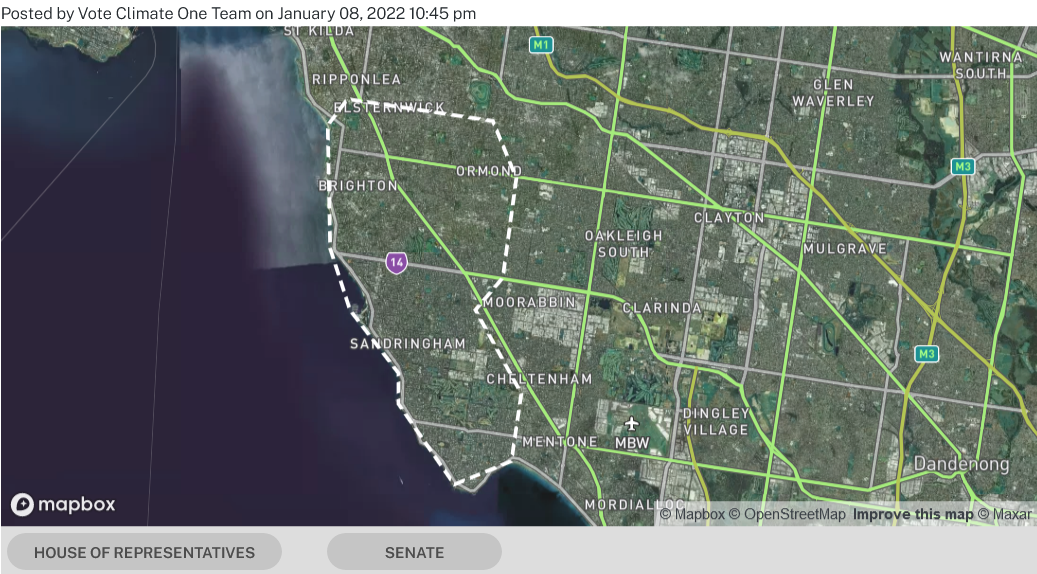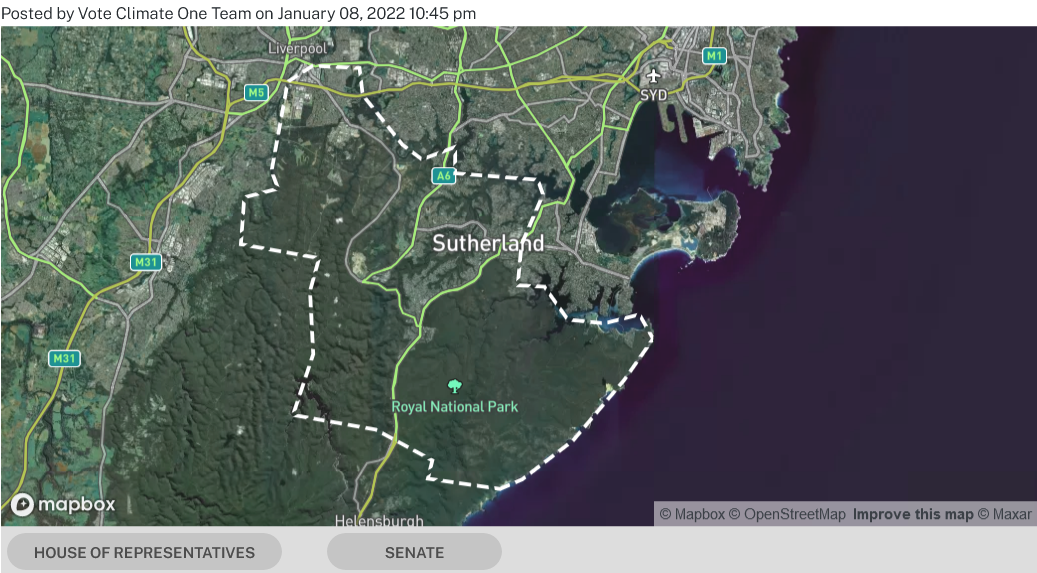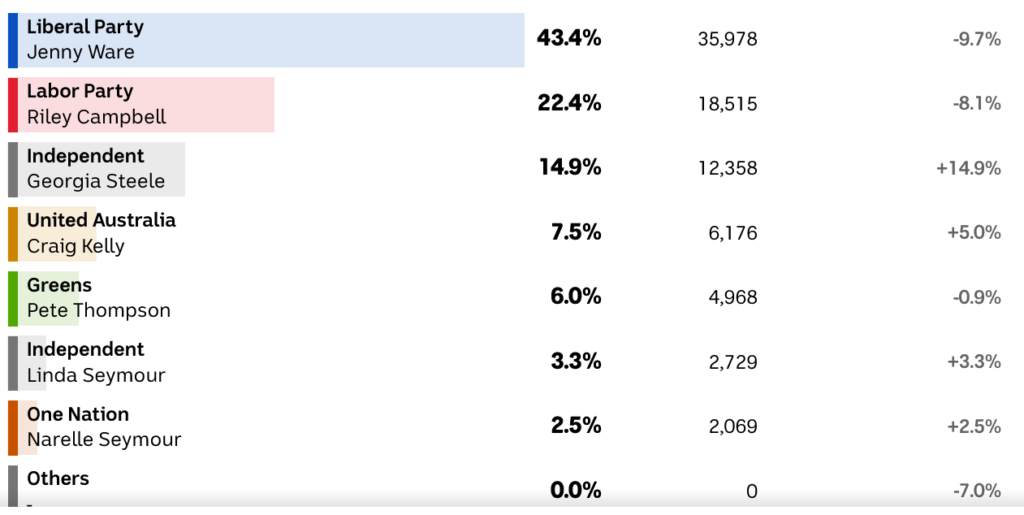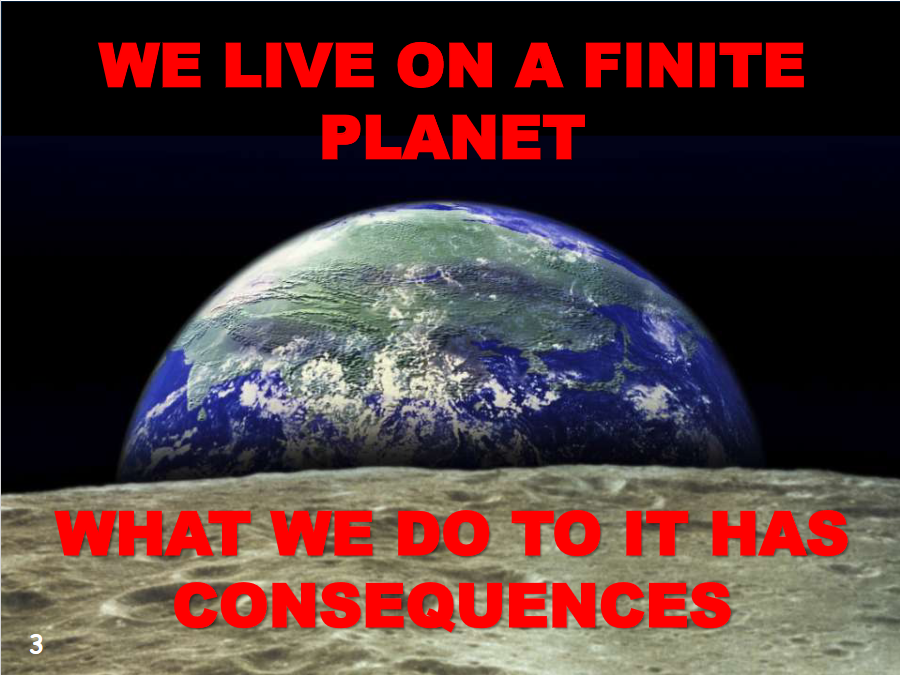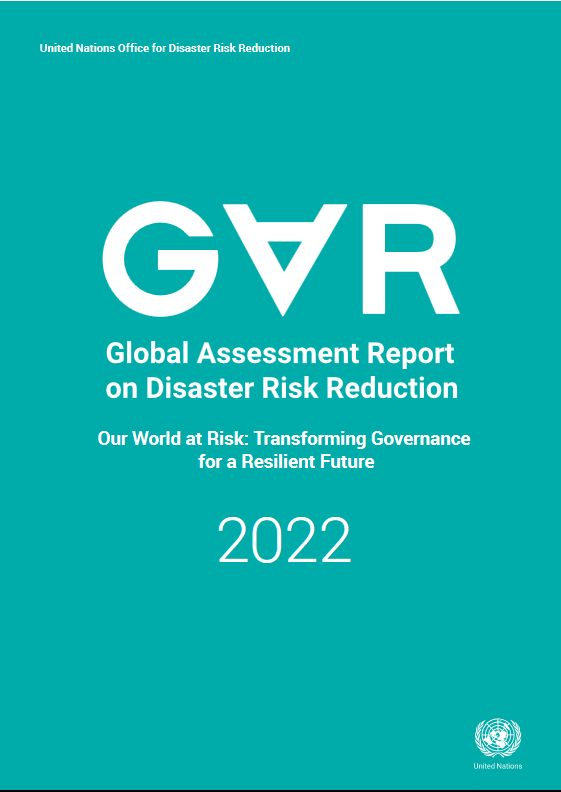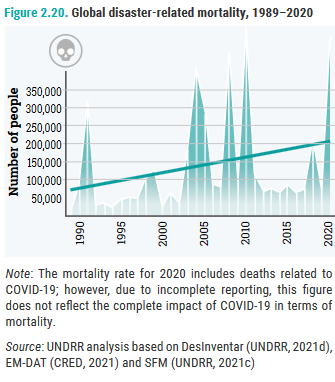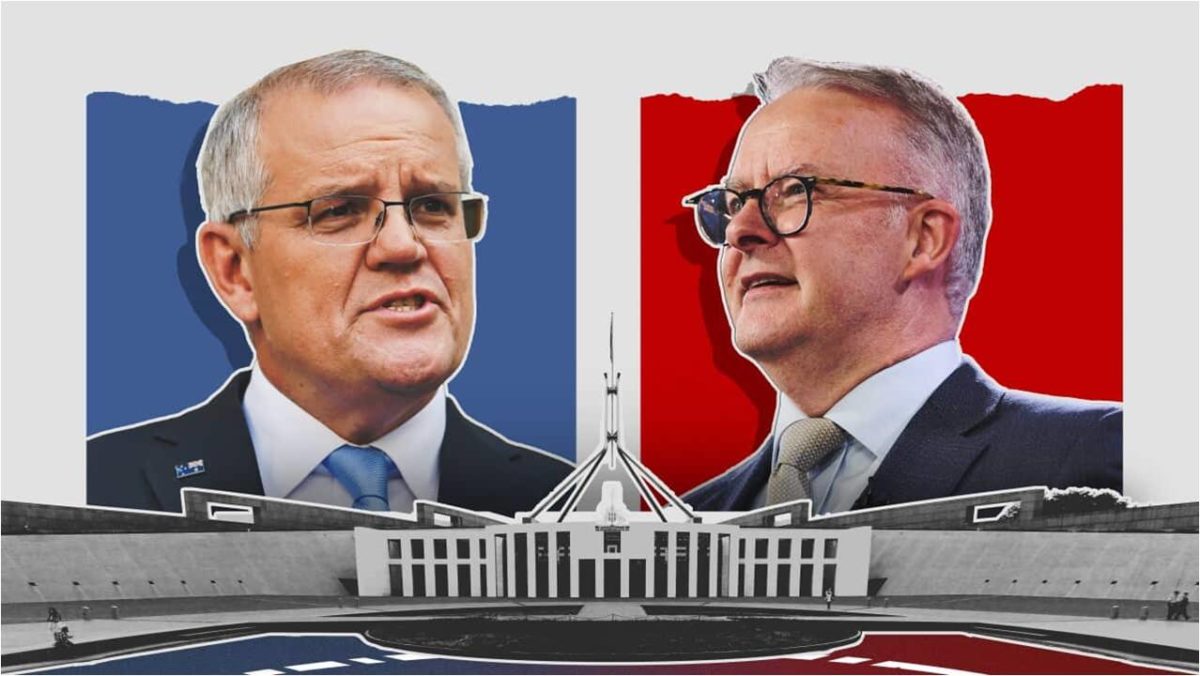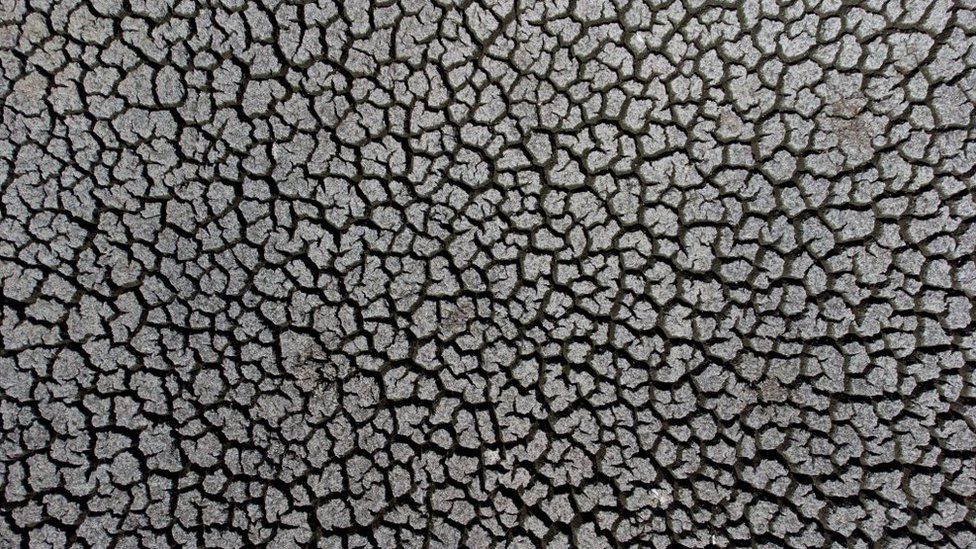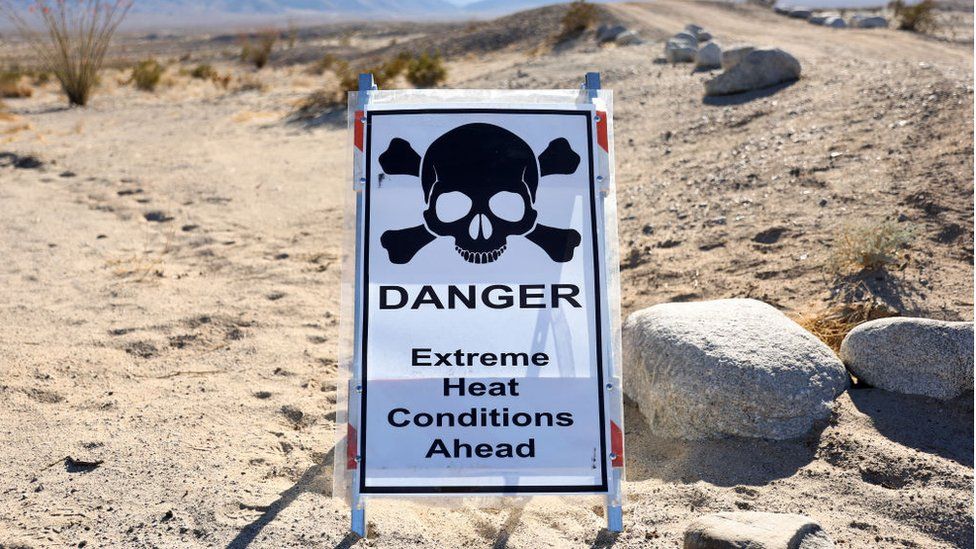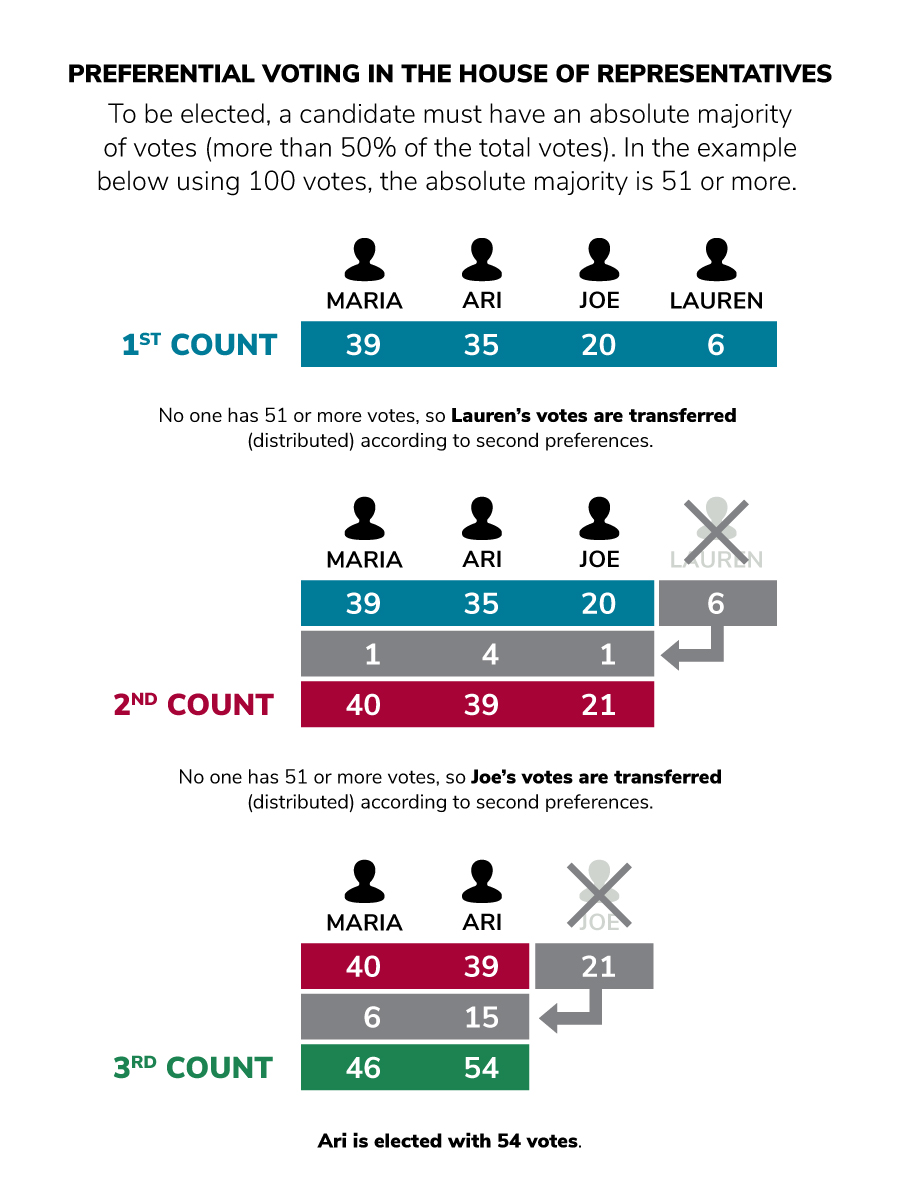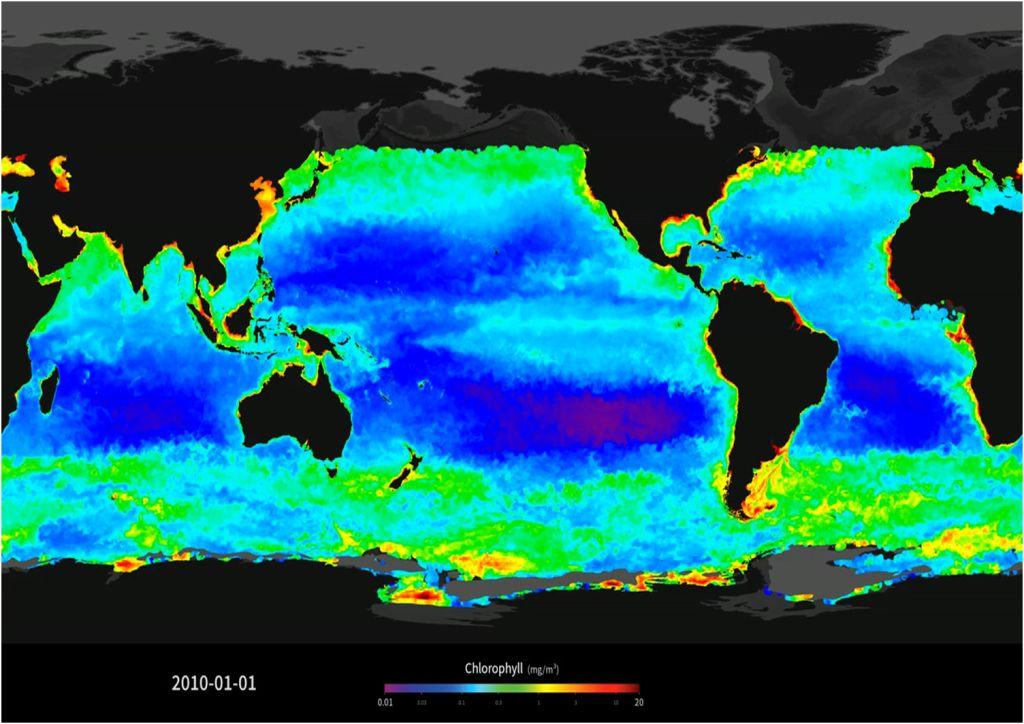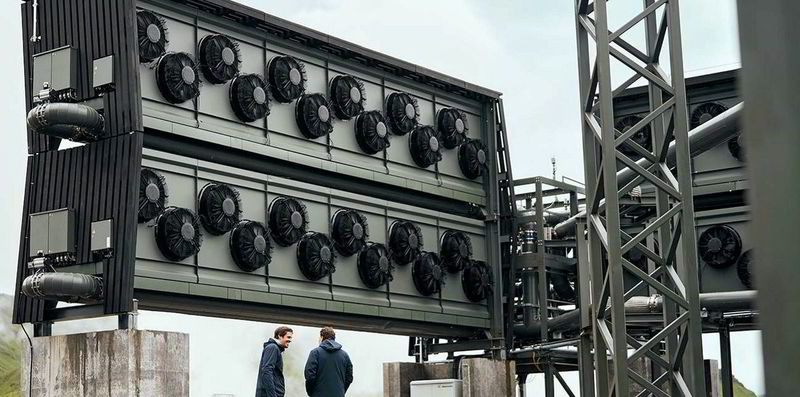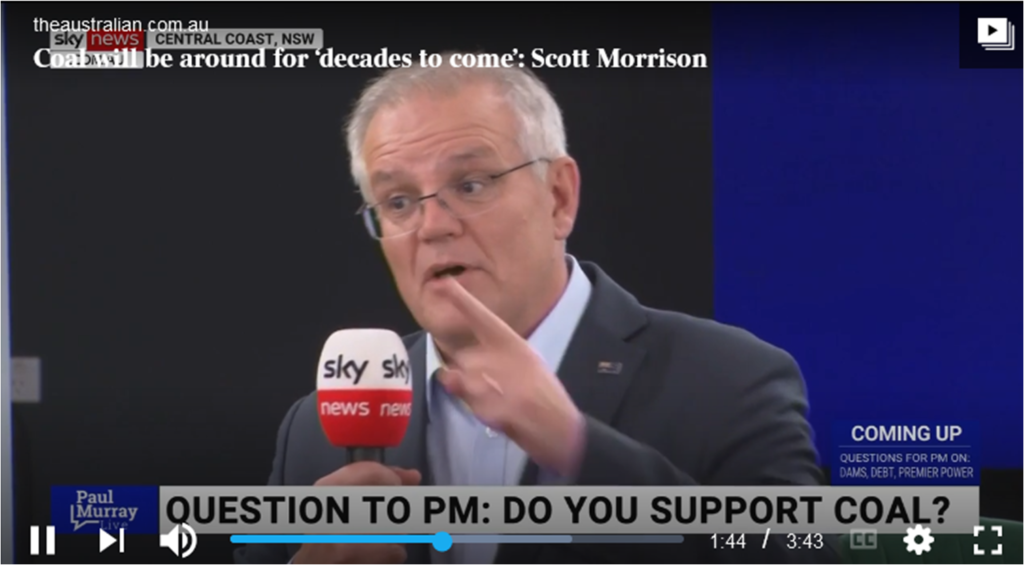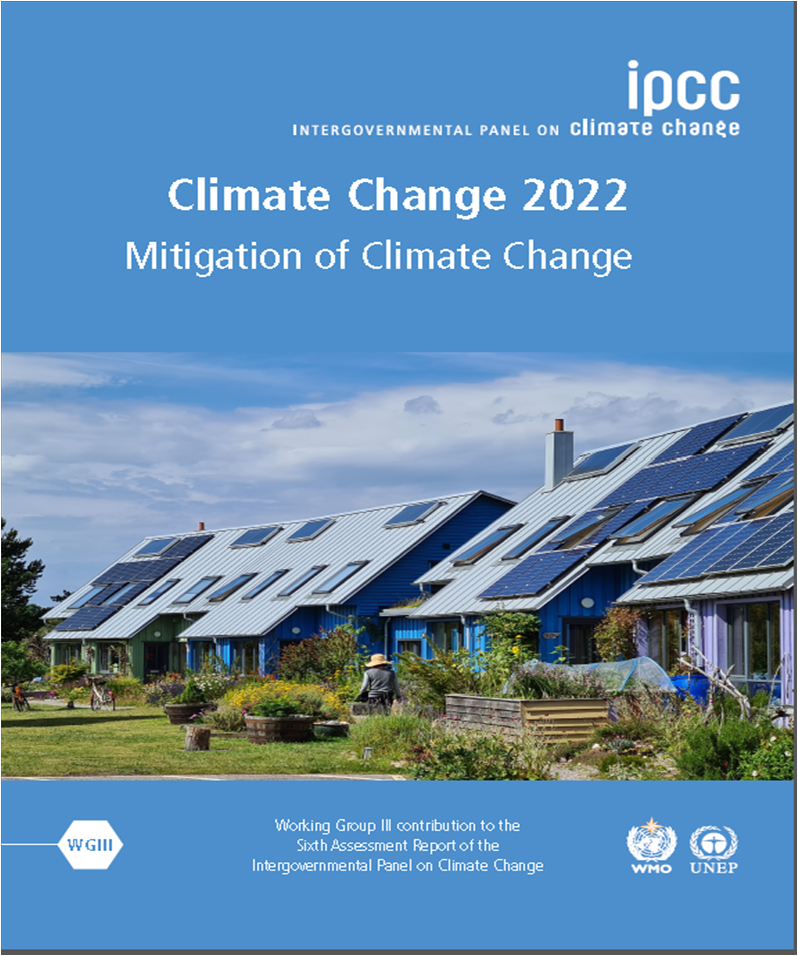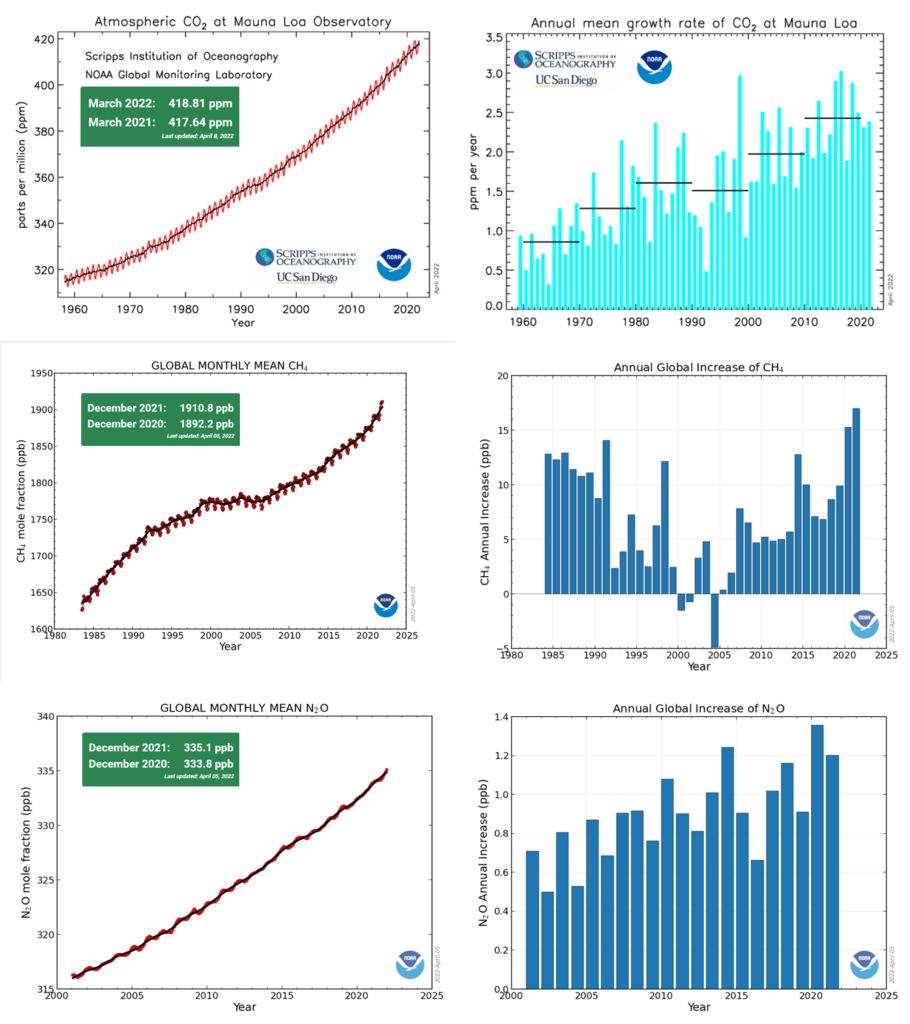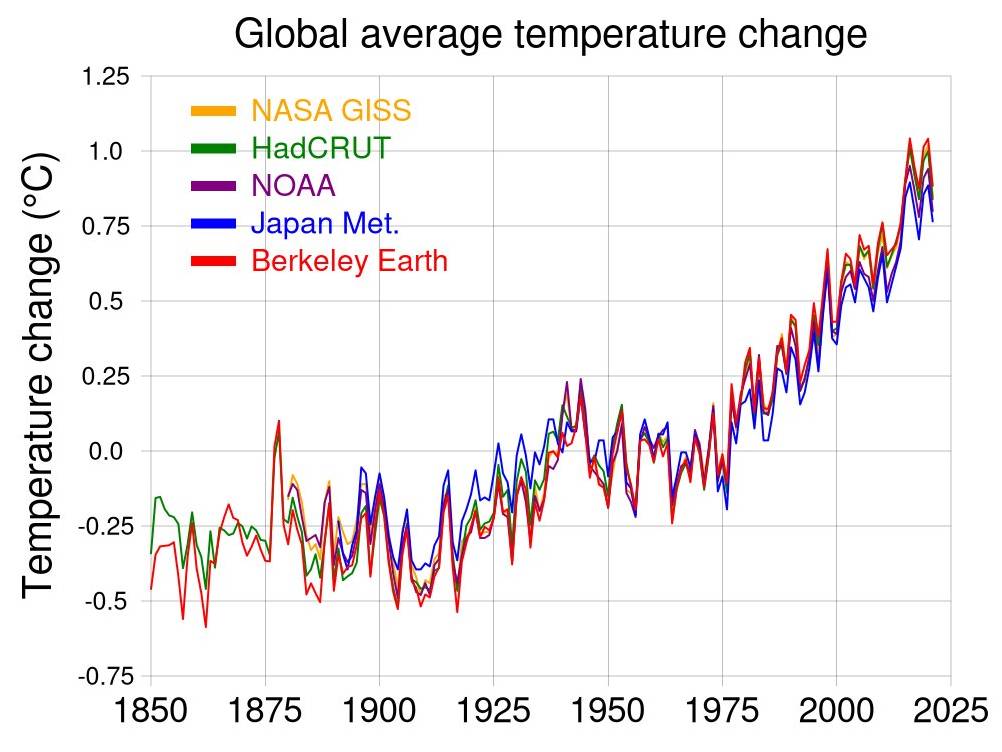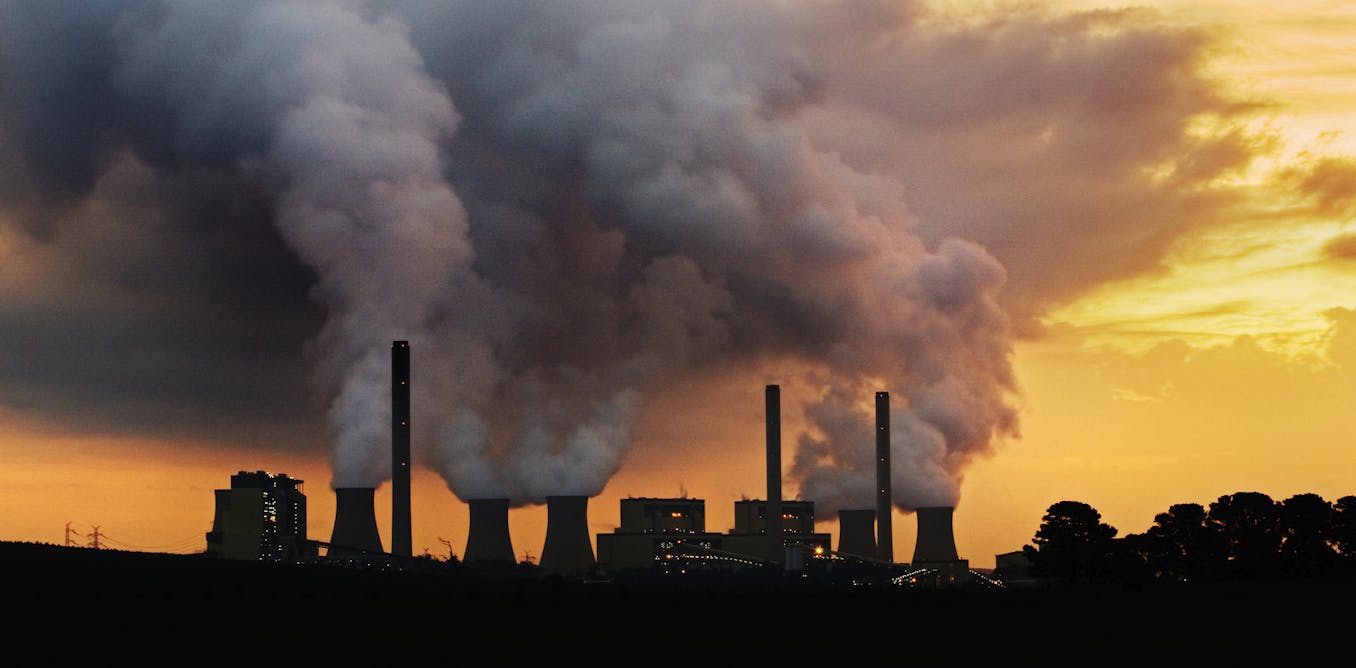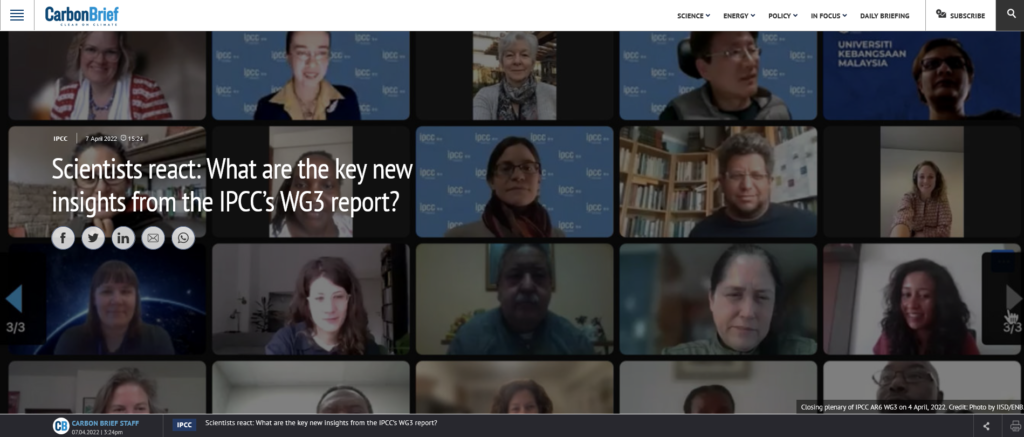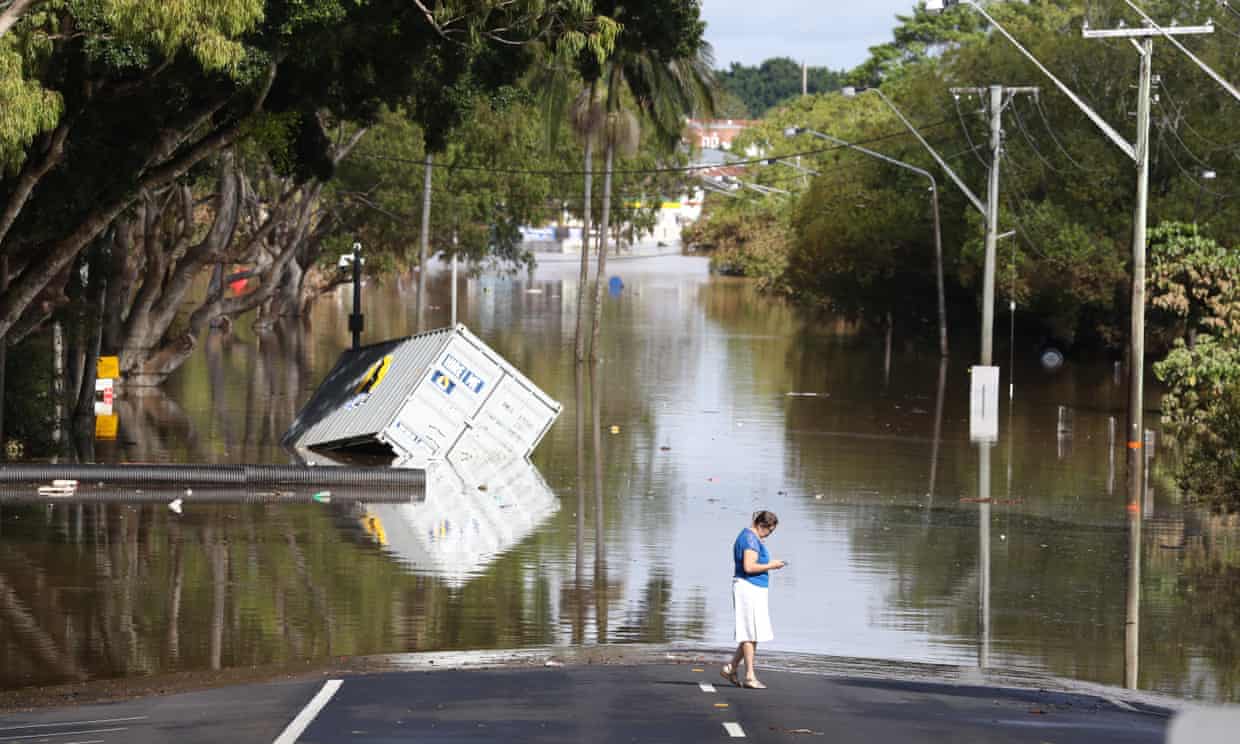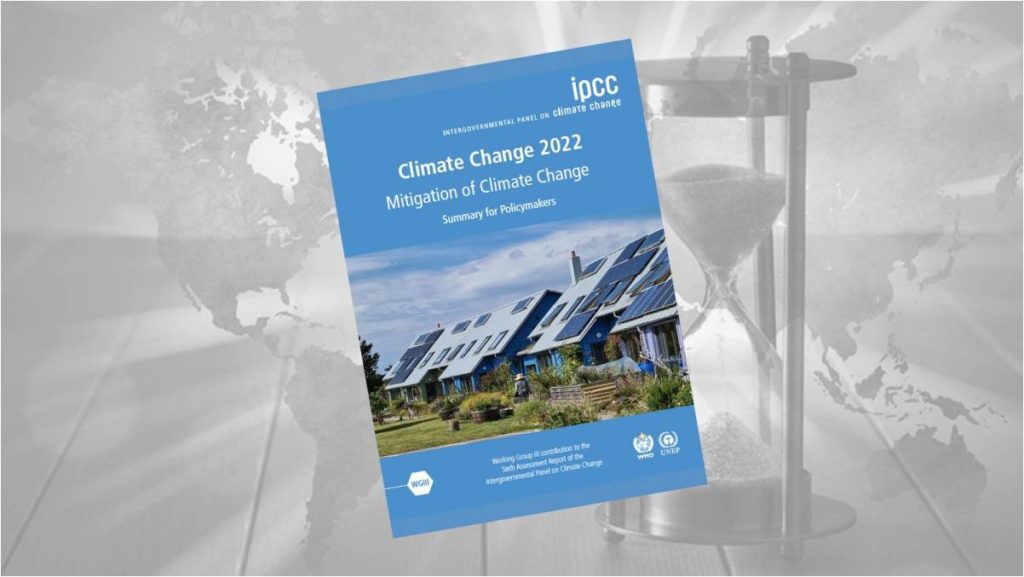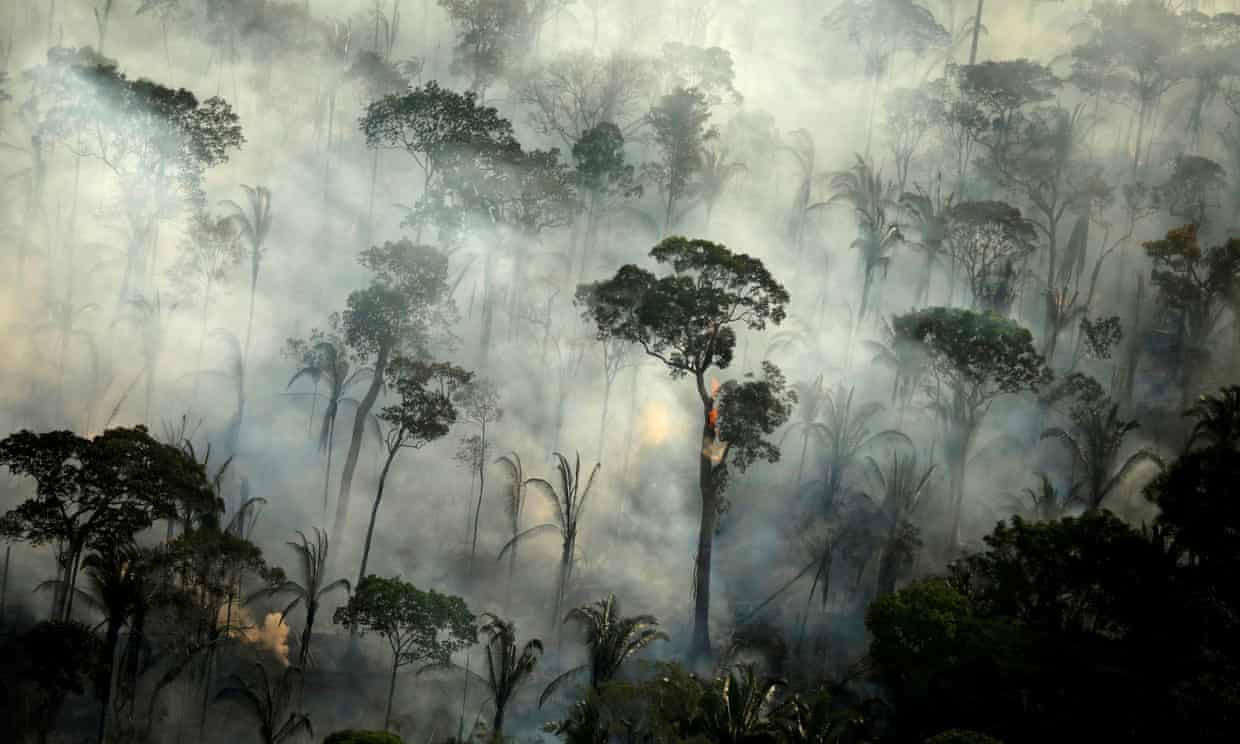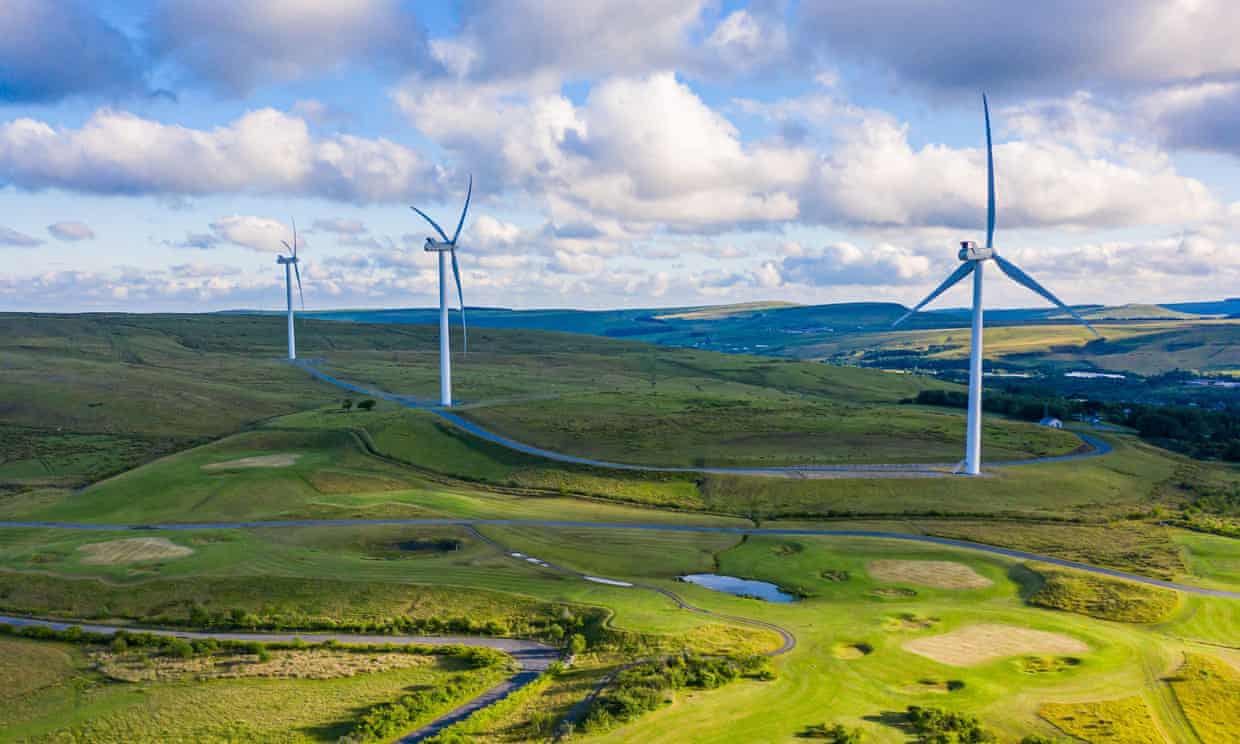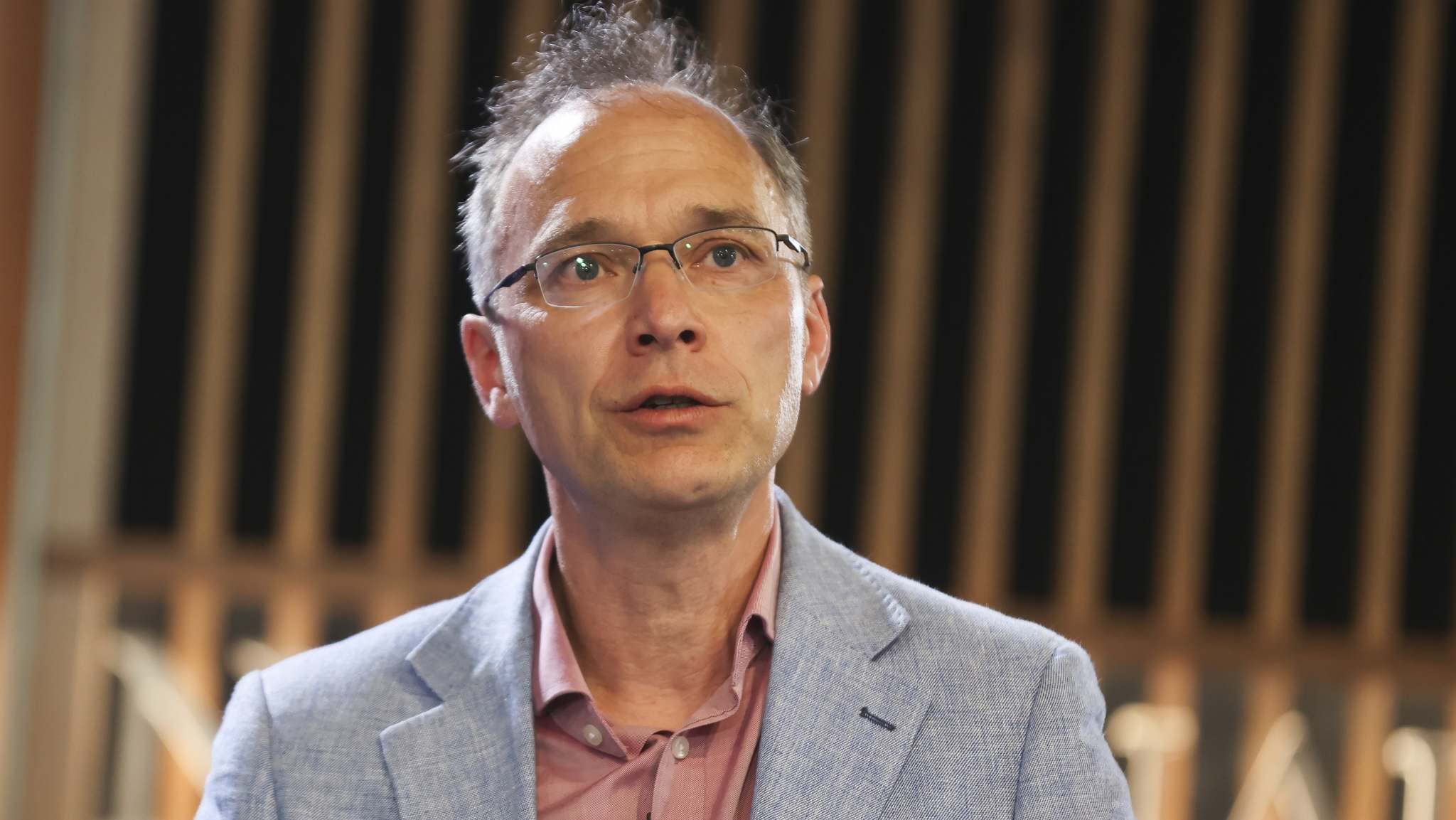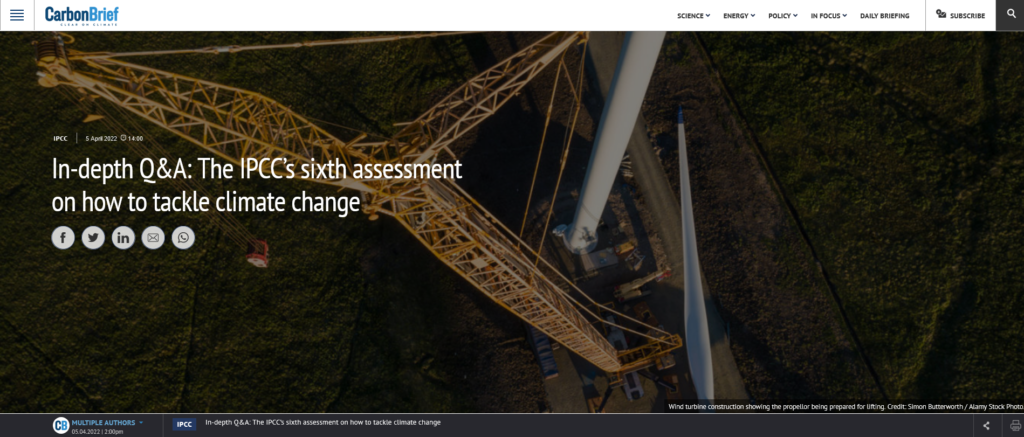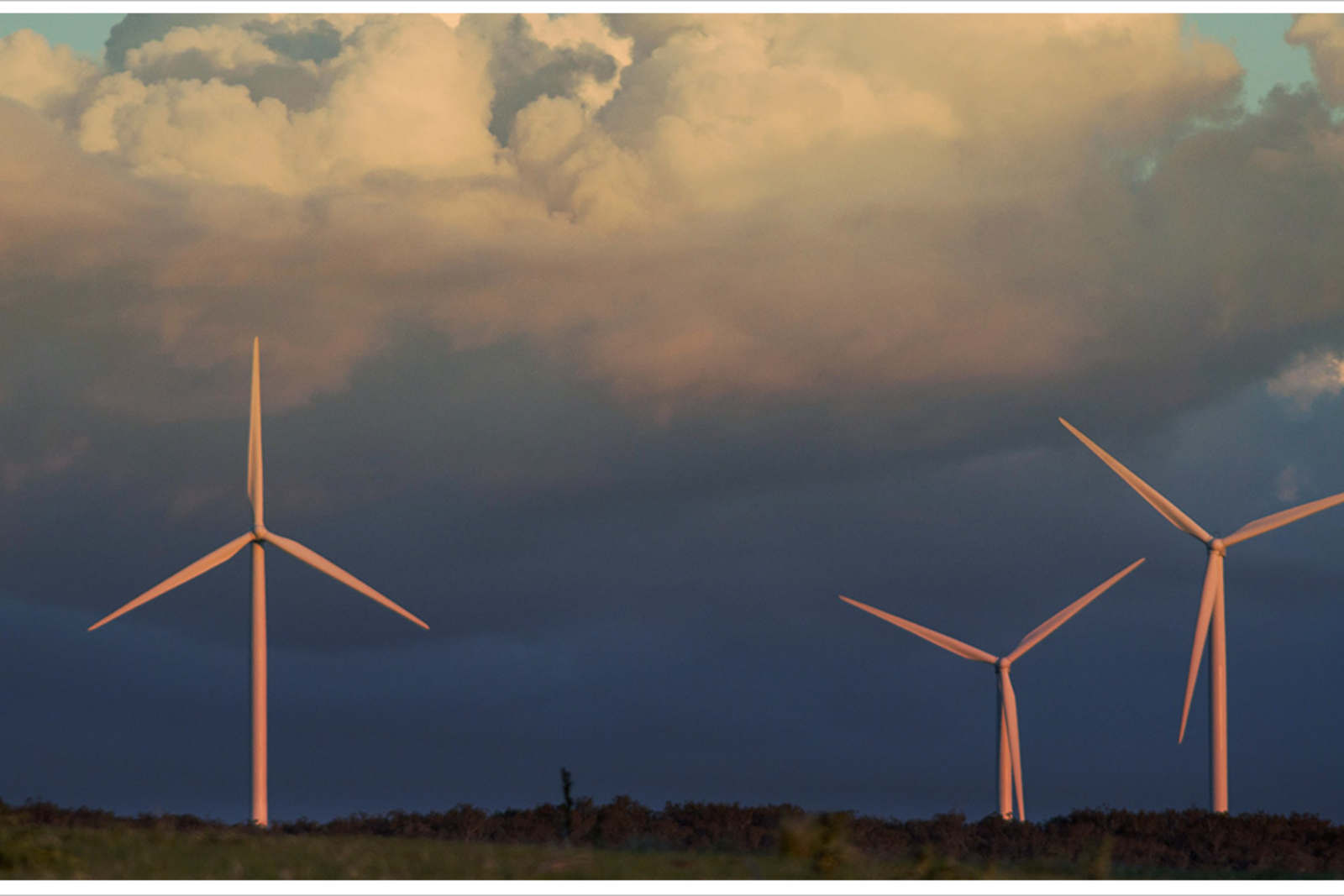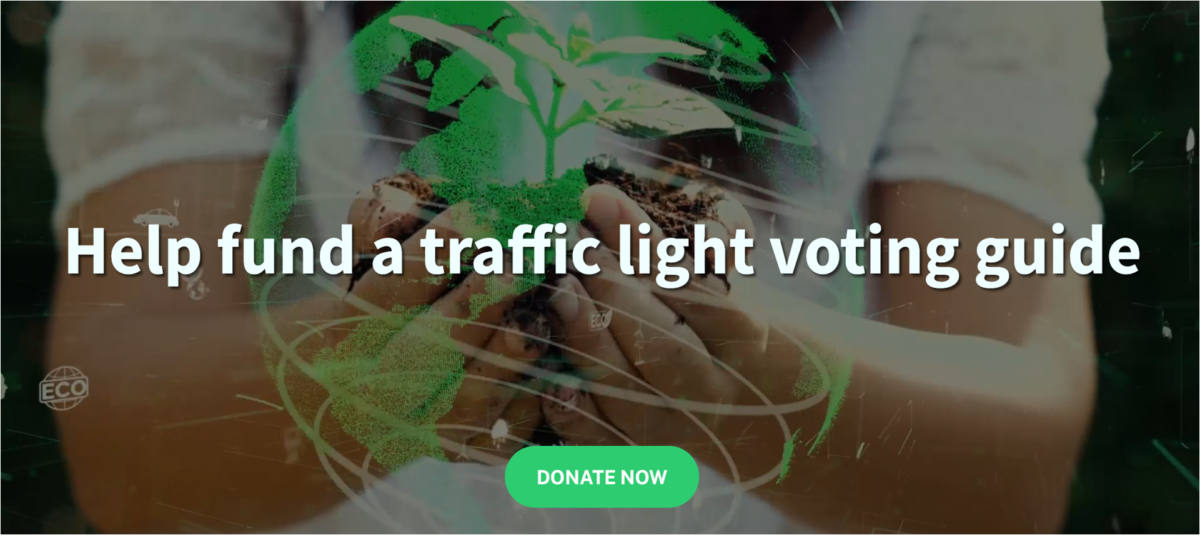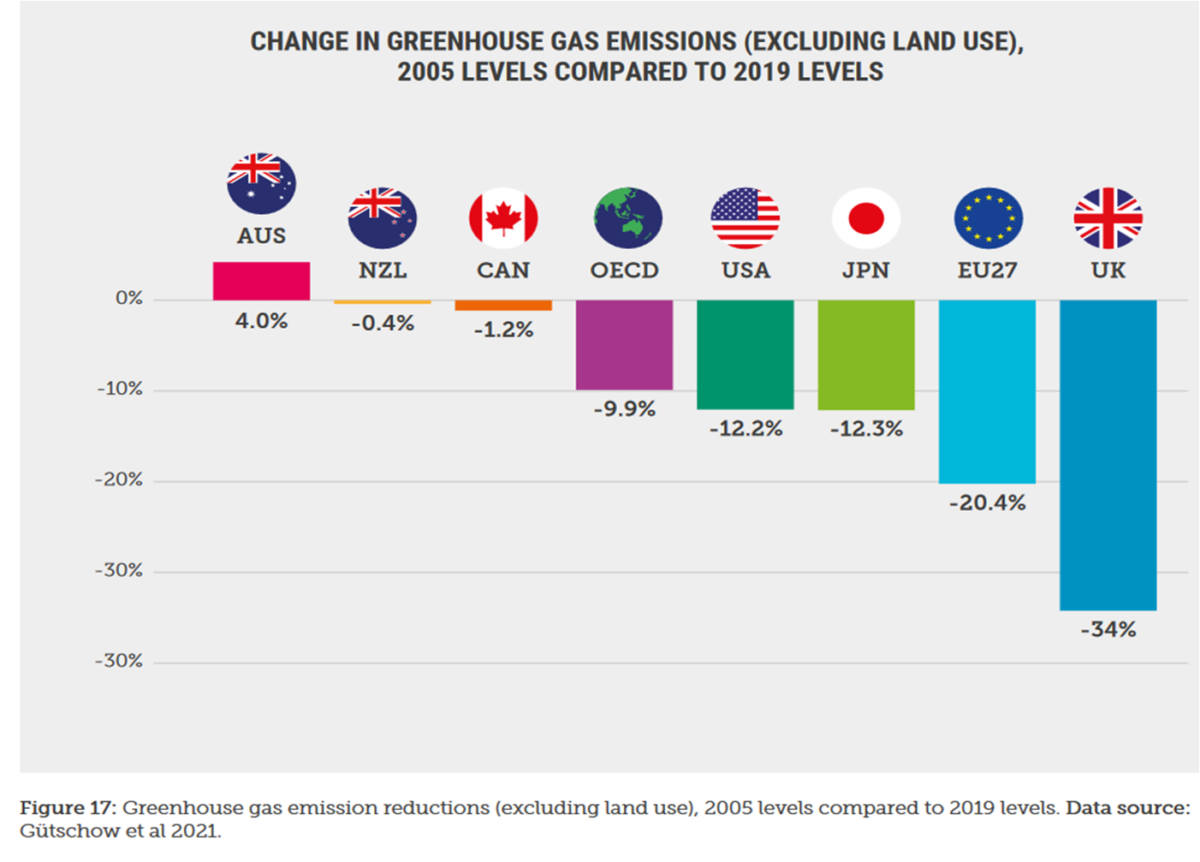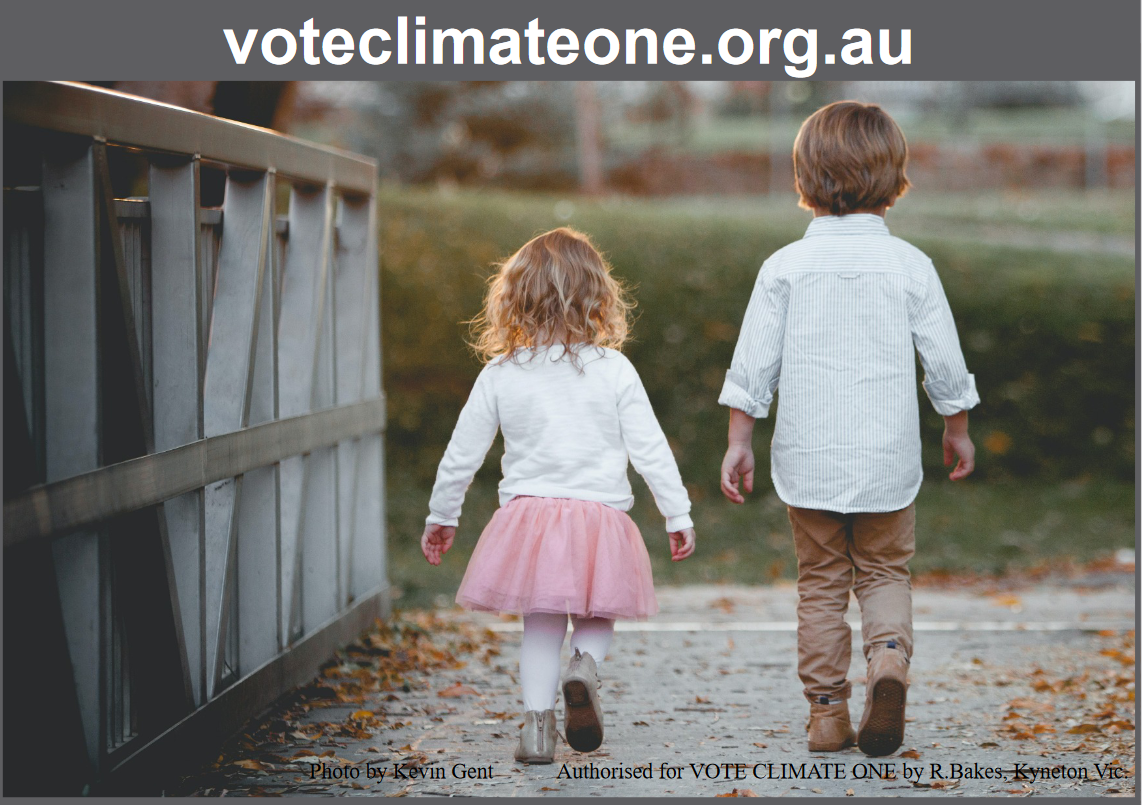Goldstein: ‘safe’ Lib apparatchik threatened by teal
‘Safe’ Victorian Liberal seat held by Tim Wilson, ex Policy Director & spokesperson for right wing IPA vs even better known teal, Zoe Daniel
Another interesting electoral contest for 2022 is that taking place in the wealthy Victorian suburban seat of Goldstein on east side of Pt Philip Bay, with 9 candidates on the ballot.
Following Vote Climate One’s traffic light ranking, ● there are three green lights: Greens’ Alana Galli-McRostie a real-estate conveyancer running for the first time; independent (Sustainable Australia) Brandon Hoult a person with a disability running for the second time; and independent Zoe Daniel a well known ABC correspondent for 30 years also running for the first time. ● one orange light: Labor’s Martyn Abbott public servant with a finance background running for the first time. And, ● five red lights: the Liberal incumbent Tim Wilson running for the third time; United Australia Party’s Catherine Reynolds chiropractic doctor and registered nurse running for the first time; Liberal Democrat’s David Segal stockbroker running for the first time; Pauline Hanson’s One Nation Lisa Stark business woman running for the first time; Derryn Hinch’s Justice Party’s Ellie Jean Sullivan musician and entertainer who previously ran in Bentleigh in 2018.
At this point, with three weeks to go, the contest is likely to boil down to a face-off between Tim Wilson and Zoe Daniel. The Labor and Greens candidates are also likely to garner significant numbers of first preferences, so their preferences from faithful party members may affect the result. These four have debated their differences in public:
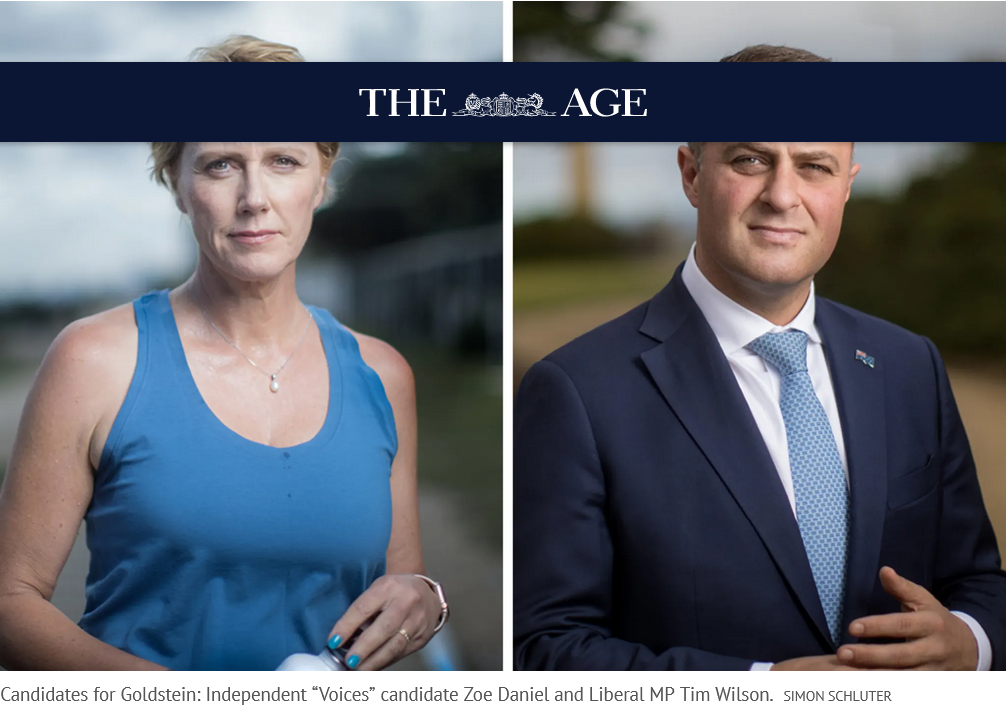
by Royce Millar and Najma Sambul, 29/04/2022 in The Age
Battle for Goldstein / How the Goldstein debate unfolded, from beginning to end: The Age is reporting from Goldstein in bayside Melbourne, exploring the national election story where it matters most – on the ground, seat by seat. Royce Millar and Najma Sambul will be filing stories and observations daily. If you live there and have insights, tips or thoughts about the key local issues, please contact them on [email protected] and [email protected]
The full Goldstein forum debate as it happened
For two hours on Thursday night, four key Goldstein candidates, Martyn Abbott from Labor, Independent Zoe Daniel, Green candidate Alana Galli-McRostie and Liberal incumbent Tim Wilson appeared at the Brighton Town Hall to debate climate change (and a few other matters) and answer questions from the 400 people in attendance.
Our breaking reporter, Cassandra Morgan, live blogged it. We thought it might be useful to reproduce all her blog posts in chronological order.
Read the complete article….
Some background
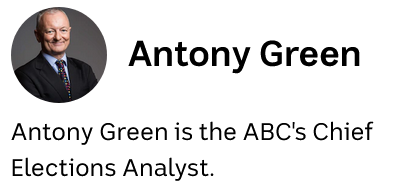
Goldstein
MP
Tim Wilson (Liberal) since 2016.
Profile
Goldstein covers 51 sq.km in Melbourne’s south-east and runs along Port Phillip Bay from Glen Huntly Road in the north to Beaumaris in the south. It includes the bayside suburbs of Brighton, Sandringham, Black Rock and Beaumaris, as well as Highett, Hampton, Bentleigh and parts of Elsternwick, Caulfield, Ormond and Glen Huntly further inland.
Read the complete article….

File:Tim Wilson (17887430121) (cropped).jpg
Created: 18 May 2015
Wikipedia (13/04/2022 update)
Tim Wilson (Australian politician)
Timothy Robert Wilson (born 12 March 1980) is an Australian politician and a member of the Liberal Party of Australia. Wilson serves as the Federal Member for Goldstein in the Australian House of Representatives. He was elected in 2016 and re-elected in 2019, and served as the Chair of the Standing Committee on Economics from September 2018 to September 2021. He is currently the Assistant Minister to the Minister for Industry, Energy and Emissions Reduction.
Before entering politics, Wilson was a policy director at the Institute of Public Affairs (IPA) from 2007 to 2013 and Australia’s Human Rights Commissioner from 2014 to 2016.
…
Institute of Public Affairs (IPA)
Wilson was employed by the Institute of Public Affairs for seven years, serving as Director of Climate Change Policy and of Intellectual Property and Free Trade.[7]
Human Rights Commissioner (HRC)
During his time at the IPA, Wilson was a vocal critic of the Human Rights Commission and called for the abolition of the Commission.[8]
He was appointed as Australia’s Human Rights Commissioner between February 2014 and February 2016.[9][10][11] On appointment to the Human Rights Commission, Wilson resigned his membership of the Liberal Party.[12]
Read the complete article….
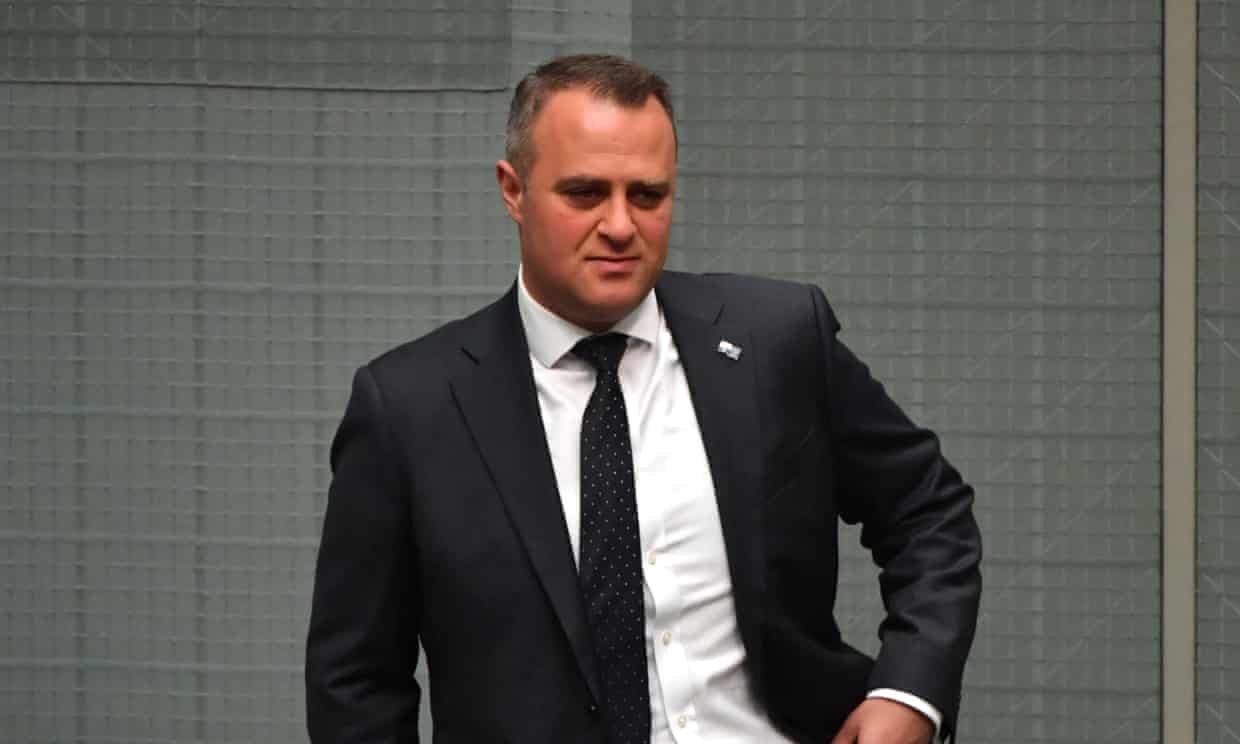
by Katharine Murphy, 03/08/2021 in the Guardian
Former Liberal minister endorses ousting of MP Tim Wilson at next federal election: Ian Macphee calls for voters in Goldstein to ‘play their part’ and support an independent alternative.
The Fraser-era immigration minister Ian Macphee has endorsed a local push to replace the incumbent Liberal MP Tim Wilson in his former electorate of Goldstein with an independent at the next federal election.
Macphee, a vocal party moderate, held the Victorian electorate of Goldstein during his political career before he lost Liberal preselection in 1989.
During an interview with a moderator of community group Voices of Goldstein, the former Liberal minister said this was a time “when voters in a progressive electorate like Goldstein must play their part”.
Macphee said he greatly admired the work of Voices for Goldstein. “I believe grassroots activity is imperative and can be done by supporting good independent candidates.”
Read the complete article….

by Nino Bucci, 25/11/2021 in The Guardian
Former ABC journalist Zoe Daniel to run as an independent against Liberal MP Tim Wilson in Victoria: Daniel, previously the ABC’s US correspondent, says it is time to end the ‘weaponisation’ of climate policy
The former ABC reporter Zoe Daniel has announced she will run as an independent in the upcoming federal election in the Melbourne electorate of Goldstein, which is currently held by Liberal MP Tim Wilson.
Daniel announced in a series of tweets on Thursday that she would be contesting the seat in the city’s south-east, citing integrity in politics and climate change among her core concerns.
Her candidacy has been backed by Voices of Goldstein, one of a number of campaigns funding independent candidates in Coalition-held seats under the “Voice Of” movement.
Daniel told Guardian Australia it was time to end the “weaponisation” of climate policy. She backs an “enforceable” 50% emissions cut by 2030 to encourage economic investment.
Read the complete article….
Goldstein is another seat that may be decided by thinkers rather than believers
Tim Wilson (the incumbent) is a very smart, ambitious, and opinionated young man who maintains a high public profile. I have been aware of his presence for several years and even invited him to address an atheist and freethinkers group when I was its convenor. Clearly he has his personal opinions – many of them progressive, but even back into his early days as a mouthpiece of the Institute of Public Affairs what most impressed me was his willingness to spruik far-right propaganda for those he represents. Today he is still a good puppet telling people what Scotty from Marketing wants them to believe. This is particularly evident when he flogs the smoke and nonsense of the COALition’s climate and energy policies dictated by their National Party partners.
After 30 years as a top ABC correspondent observing the often dismal reality of the world including climate catastrophes, Trumpist America and the rapidly thawing Arctic, Zoe Daniel is a woman who sees and thinks about reality as it is, and does not try to hide its awful taste with Kool-Aid. She is an observer and thinker, who is very good at communicating with other thinkers.
As one of the most affluent electorates in Victoria that has been well served in the past by Liberal moderates (e.g., Ian Macphee who was a hero of mine in the Fraser era). To some degree many in the electorate have associated the Liberal Party with their personal wealth, and have become ‘rusted on’ Liberal voters, prepared to believe whatever ideas the Party marketed to them. Wilson’s survival in Parliament depends on this.
However, we should all consider that people in Goldstein were able to build their wealth because they were intelligent, observant, and thoughtful enough to tell the difference between genuine opportunities and believing in fairy tales. Thanks to all kinds of extreme weather events and climate catastrophes the reality of the existential risks we face in the next few generations are becoming obvious to all who have not let themselves be blinded by the myths, fables, and lies spun by the fossil fuel puppets.
Goldstein is NOT a safe Liberal seat!
For a community of thoughtful people, Zoe Daniel is the kind of thoughtful, motivated and powerful independent person to represent your interests in Parliament. Personally, I think there are more of these kinds of people in Goldstein than there of the sleepwalkers blinded by clouds of COALition bulldust who would vote to keep our current fossil fuel industry puppet government in power.
If voters consider the evidence and THINK before they vote, I have little doubt that the green light candidates will gain the majority of first preferences amongst themselves. Whether one of them will win the seat in the end depends on how voters manage their remaining preferences. Vote Climate One’s Traffic Light Voting System and its voting guides are designed to help people rank their preferences in such a way that if a green light candidate is given the first preference, and doesn’t win, the vote will still go to another green light climate friendly candidate as long as any remain in the running. Only if there are no more green or orange light candidates alive can the vote be given to a red light candidate.
Vote Climate One is also providing downloadable blank ballot formats so preferences can be decided at home, so the choices can easily be transferred to the formal ballot paper in the voting booth. Check the bottom of the your electorate’s page in the voting guide. (If you don’t find it now, check again in a couple of days as they are being progressively loaded into our system.)
See Climate Sentinel News‘s Corrupt leaders, casual media, gullible believers for a different and sometimes humorous take on how use preferential voting to make the kind of humongous political transition we need to make to cleanse the Parliamentary stable of its many years accumulation of bulldust.
In any event, the IPCC tells us that this election is probably our last chance to change our current puppet government to one that will act in our behalf to resolve or at least mitigate the accelerating climate crisis.
We need to turn away from the the Apocalypse on the road to hothouse hell, and we won’t do this by continuing with business as usual!
It seems to have taken the clear thinking of Greta Thunberg, a 16 year-old girl who concluded school was pointless as long as humans continued their blind ‘business as usual’ rush towards extinction.

In other words, wake up! smell the smoke! see the grimly frightful reality, and fight the fire that is burning up our only planet so we can give our offspring a hopeful future. This is the only issue that matters. Even the IPCC’s hyperconservative Sixth Assessment Report that looks at climate change’s global and regional impacts on ecosystems, biodiversity, and human communities makes it clear we are headed for an existential climate catastrophe if we don’t stop the warming process.
Scott Morrison and his troop of wooden-headed puppets are doing essentially nothing to organize effective action against the warming. In fact all they doing is rearranging the furniture in the burning house to be incinerated along with anything and everyone we may care about.
In Greta’s words, “even a small child can understand [this]”. Like Georgia Steele, people hope for their children’s futures. Greta doesn’t want your hopium. She wants you to rationally panic enough to wake up, pay attention to reality, and fight the fire…. so our offspring can have some hope for their future.

Featured Image: Boundaries of the Huges Electorate from Vote Climate One’s Goldstein Electorate page. Click candidate names for more details.
